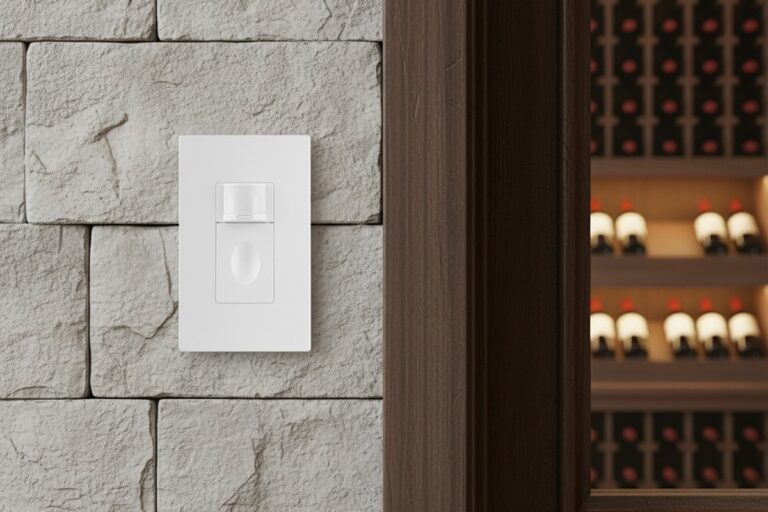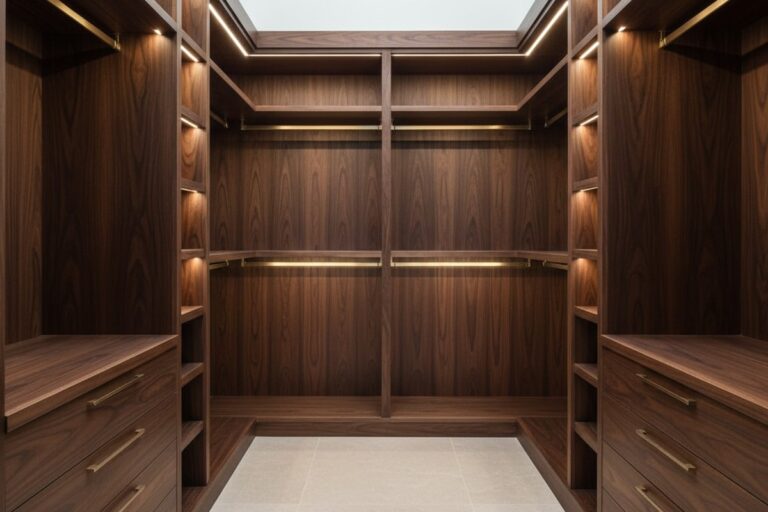
Resources
Access and download our latest support materials and guides, Razeek has got you covered from installation to troubleshooting.
Insight from Rayzeek
The latest sensor tech trends.

The Elevator Lobby Paradox: Why “Code Compliant” Can Get You Sued
Strict adherence to energy codes can turn elevator lobbies into liability traps by plunging them into darkness. The solution lies in bi-level dimming strategies that maintain a background light level, ensuring tenant safety without sacrificing compliance.

The “Lung Room” Upgrade: Why You Need Dumb Sensors in a Smart Grow
Improve grow room safety by automating task lights with Rayzeek motion sensors. Keep your hands free and avoid contaminating switches during nutrient changes.

The Photochemistry of Regret: Protecting Wine from Light Strike
Light exposure can irreversibly damage wine through a photochemical reaction known as light strike. Relying on manual switches or standard occupancy sensors puts your collection at risk of radiation and heat buildup. The safest solution for archival preservation is installing vacancy sensors, which ensure darkness remains the default state.

The Sensor Paradox: Why Luxury Closets Go Dark
High-end closets often suffer from poor lighting automation because hanging clothes block wall-mounted sensors. Learn why ceiling-mounted PIR sensors are the only reliable solution for detecting minor motion in walk-in wardrobes.

The Hidden Cost of Darkness: Why Under-Sink Lighting is Infrastructure, Not Decoration
Darkness under the sink isn’t just annoying; it leads to neglected maintenance and unnoticed leaks. This guide explains why hardwired motion sensor lighting is essential infrastructure for your kitchen, how to choose the right Rayzeek sensor, and why battery puck lights are a trap.

The Invisible Wall: Why PVC Curtains Blind Your Walk-In Sensors (And How to Fix It)
Standard PIR motion sensors view clear PVC curtains as a brick wall, leaving staff in the dark. Discover why this thermal barrier blocks detection and how to properly install sensors inside walk-ins to ensure safety and compliance.
